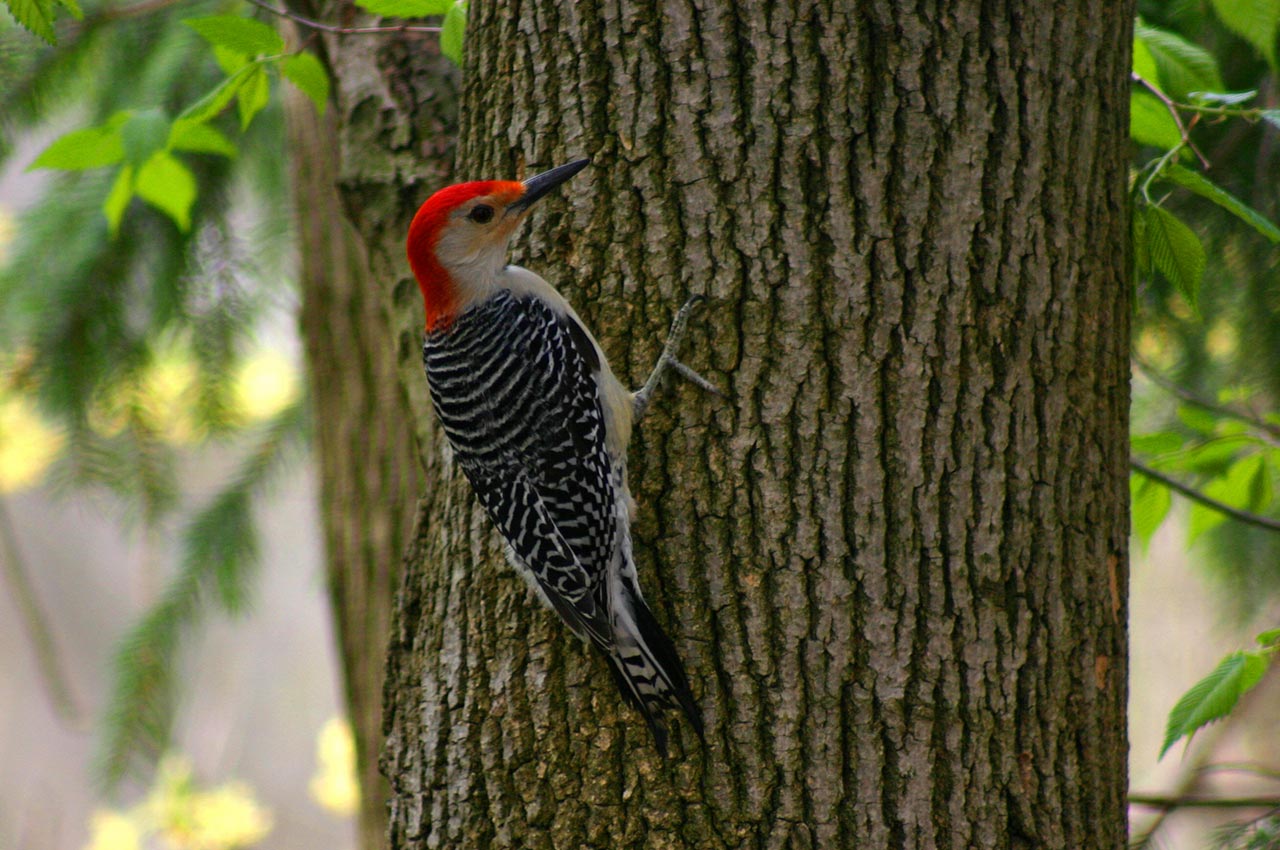Revealing the Secrets of Woodpeckers: Habits, Environment, and A Lot More
Woodpeckers, with their unique actions and specialized adjustments, have actually long attracted scientists and nature fanatics alike. These exceptional birds have a variety of fascinating keys that lost light on their survival strategies, habitat preferences, and intricate communication methods. By uncovering the secrets bordering woodpeckers' actions and habitat selections, a much deeper understanding of these avian wonders emerges, offering a peek into their remarkable globe. So, what makes these birds genuinely remarkable, and how do they navigate their atmosphere with such accuracy and skill? Let's discover the captivating realm of woodpeckers and untangle the enigmatic information that make them such intriguing topics of research study.
Woodpecker Habits Insights
In analyzing woodpecker behavior, an interesting display of specialized abilities and adaptations arises, losing light on their exceptional environmental specific niche - Woodpeckers in Florida. Woodpeckers, known for their distinctive drumming on trees, have a variety of behavioral characteristics that add to their survival and success in their atmosphere. One key behavior is their drumming, which offers several functions such as interaction, developing area, bring in companions, and finding food sources. This balanced pecking also showcases their amazing strength and endurance, as they can hammer away constantly at broadband without triggering damage to themselves.
In addition, woodpeckers exhibit a special feeding habits characterized by their ability to essence pests from tree bark using their specialized beaks. Their lengthy, barbed tongues help in catching target, while their solid neck muscular tissues supply security and precision throughout pecking activities. This feeding method permits woodpeckers to gain access to concealed insect larvae and extract them with remarkable effectiveness.
Environment Preferences and Selection
What aspects influence the habitat preferences and choice of woodpeckers? Woodpeckers are highly adaptable birds recognized to inhabit numerous environments worldwide. Nevertheless, they do exhibit choices for sure environment features. One crucial factor affecting woodpecker environment choice is the availability of appropriate nesting sites. Woodpeckers generally choose forests with a mix of fully grown trees that give sufficient chances for cavity excavation. These cavities work as vital nesting and roosting websites for woodpeckers and are essential for their breeding success.
Furthermore, woodpeckers show a choice for habitats with an abundant supply of food sources. They are primarily insectivorous, feeding on beetles, ants, larvae, and other insects discovered in decaying wood or tree bark. For that reason, woodpeckers tend to prefer wooded areas with a varied insect populace to fulfill their dietary demands.
In addition, the presence of dead or decaying trees published here is an additional key element in woodpecker habitat choice. These trees not just offer food resources but likewise use suitable substrate for cavity excavation. Dead trees are important for the maintenance of healthy woodpecker populaces, as they play a crucial role in the woodpeckers' life process and ecological community characteristics.
Feeding Habits and Diet Regimen Structure
Woodpeckers demonstrate a specialized feeding behavior concentrated on foraging for insects within numerous habitats. Their diet regimen largely includes pests such as beetles, ants, caterpillars, and spiders, which they locate by touching on tree bark and paying attention for the noise of motion inside. Woodpeckers use their strong beaks to pierce into the wood and their long, barbed tongues to draw out prey from crevices. In addition to pests, woodpeckers likewise take in tree sap, fruits, nuts, and seeds, including variety to their diet regimen depending upon the period and accessibility of food sources.
The foraging strategies of woodpeckers are well-adapted to their arboreal way of life (Woodpeckers in Florida). Their capability to dig deep into wood not only provides them with food however likewise helps in developing nesting tooth cavities and establishing areas. Woodpeckers play a vital function in keeping the health and wellness of forests by controlling insect populations and assisting in the decay of wood. Comprehending their feeding behaviors and diet regimen composition is important for preservation efforts targeted at maintaining these one-of-a-kind and valuable birds.
Drumming Seems and Interaction
Utilizing rapid drumming sounds on various surface areas, woodpeckers utilize a distinct kind of communication to signify territory limits and attract friends. This drumming behavior is not only a method of communication however likewise offers as a way for woodpeckers to develop their visibility within a particular location. The strength, rate, and pattern of the drumming can communicate vital info to other woodpeckers around.
Woodpeckers use drumming audios to introduce their visibility in a region and to advise off potential intruders. The loud and repetitive nature of the drumming works as a clear signal to other woodpeckers that the area is already asserted. This assists read the full info here in minimizing disputes and reducing physical fights between individuals.

Survival Adaptations and Specialized Composition

Verdict
To conclude, woodpeckers exhibit one-of-a-kind actions, such as drumming sounds for communication, and have specialized makeup for survival in their chosen habitats. Their feeding routines and diet plan make-up even more demonstrate their adaptability to various settings. By comprehending these aspects of woodpeckers, researchers and guardians can much better see safeguard and preserve these remarkable birds and their communities.